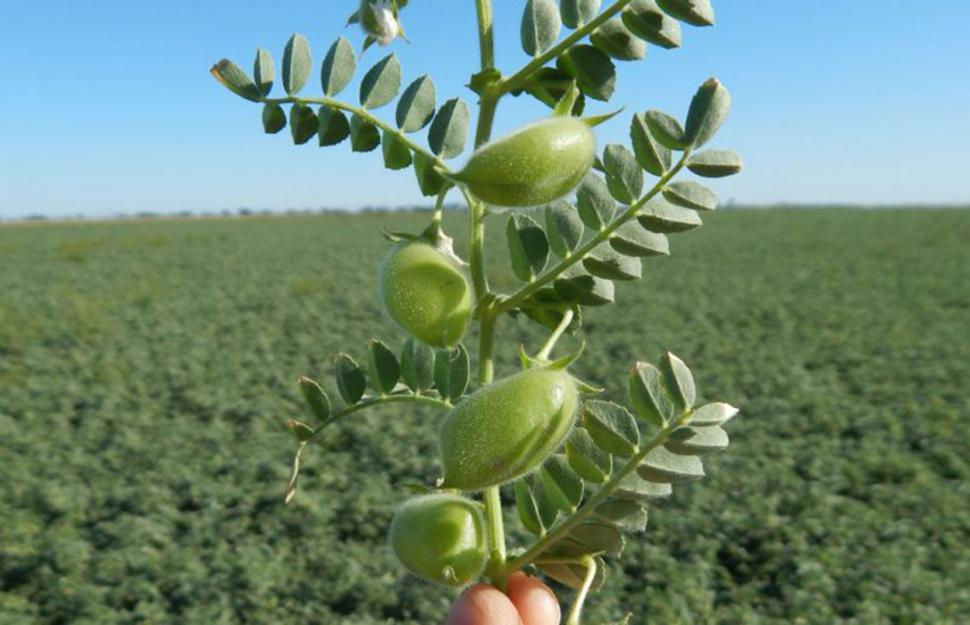The Obispo Colombres Agroindustrial Experimental Station (Eeaoc), together with Bruke Agro, carried out the second part of the winter crops workshop. This included the presentation of referents from the areas of special disciplines.
Daniela perez, from the Economics and Statistics section, presented costs and indifference yields for winter and service crops.
Among the main points exposed, Pérez indicated that the sowing and the productive result of the winter crops depend in a very high percentage of the climate; especially, of the precipitations and the temperatures.
Regarding the expenses, he pointed out: “for the proposed technical management, the expense from fallow to harvest for wheat this year would be between US $ 121 and US $ 221 per hectare; and for chickpeas, between U $ S 235 and U $ S 269 per ha. While the cost of sowing to drying a service crop would be between US $ 68 and US $ 114 per ha, depending on the crop “.
He added that for the future price of wheat for December of the current year (US $ 194 per ton), the indifference yield would be between 0.64 and 1.32 t / ha. For the prices chosen for chickpea (US $ 400 and US $ 600 per t), the indifference yield would be around 0.45 to 0.72 t / ha, respectively.
Finally, he indicated that choosing to plant an income crop, a service crop (CS) or a CS consociation depends on numerous variables; the goal is to achieve combinations that increase sustainability. “The selection of crops should arise from a flexible planning, which considers each environment, which generates diversity with dynamic and functional successions for the system that allow neutrality in the carbon, nutrient and energy balances, and an adequate water balance”, the specialist.
Regarding the use of fertilizers in wheat cultivation, Gonzalo robledo, from the Soils section of the Eeaoc, said that last winter, in the town of Garmendia, a test of nitrogen fertilization was carried out in the wheat crop. He said that this was carried out during sowing, using Urea (46-0-0) as a nitrogen source and in increasing doses from 30 kg / ha to 120 kg / ha of N. “Comparing wheat yields, the results showed that all the fertilized treatments exceeded the absolute control without fertilizing. However, between the evaluated doses of N there were no significant differences. Regarding grain quality (% protein), only the highest dose evaluated (N120) differed from the absolute control ”, he said.
– .

